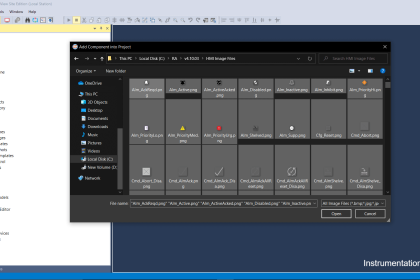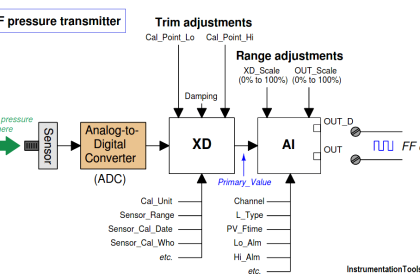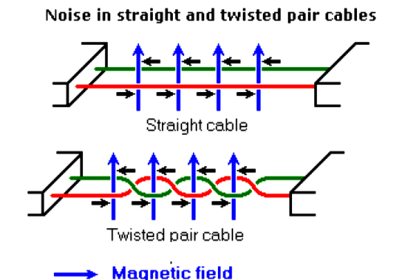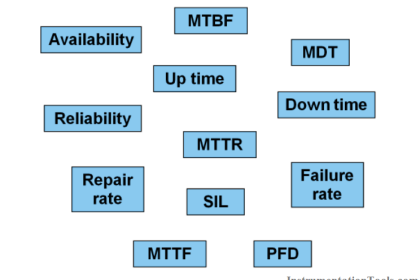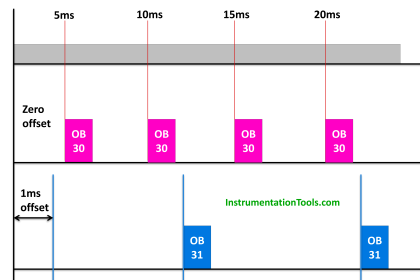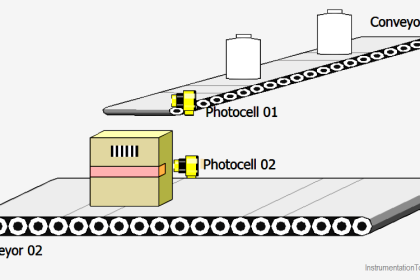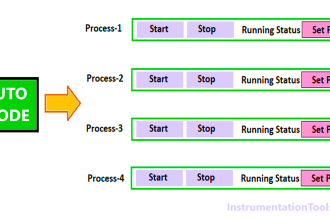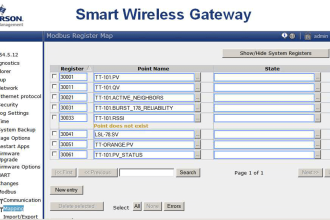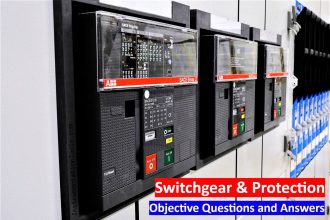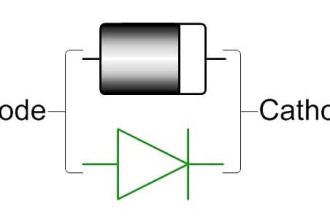It is virtually impossible to run a SCADA or DCS system without a proper network structure. As both automation systems are used for large-scale industries, many PLCs and controllers interface with them. Also, they both send data to server or cloud systems for database management.
In this case, a robust network system is a must for their work. One thing that instantly comes to mind when thinking about networks is a switch. Network switches when used must meet some requirements for proper communication.
In this post, we will learn the basic requirements for a network switch to be installed in SCADA and DCS architecture.
What is a Network Switch?
A network switch is a multi-port device which has multiple communication points in it for linking various Ethernet devices and making it as a central hub.
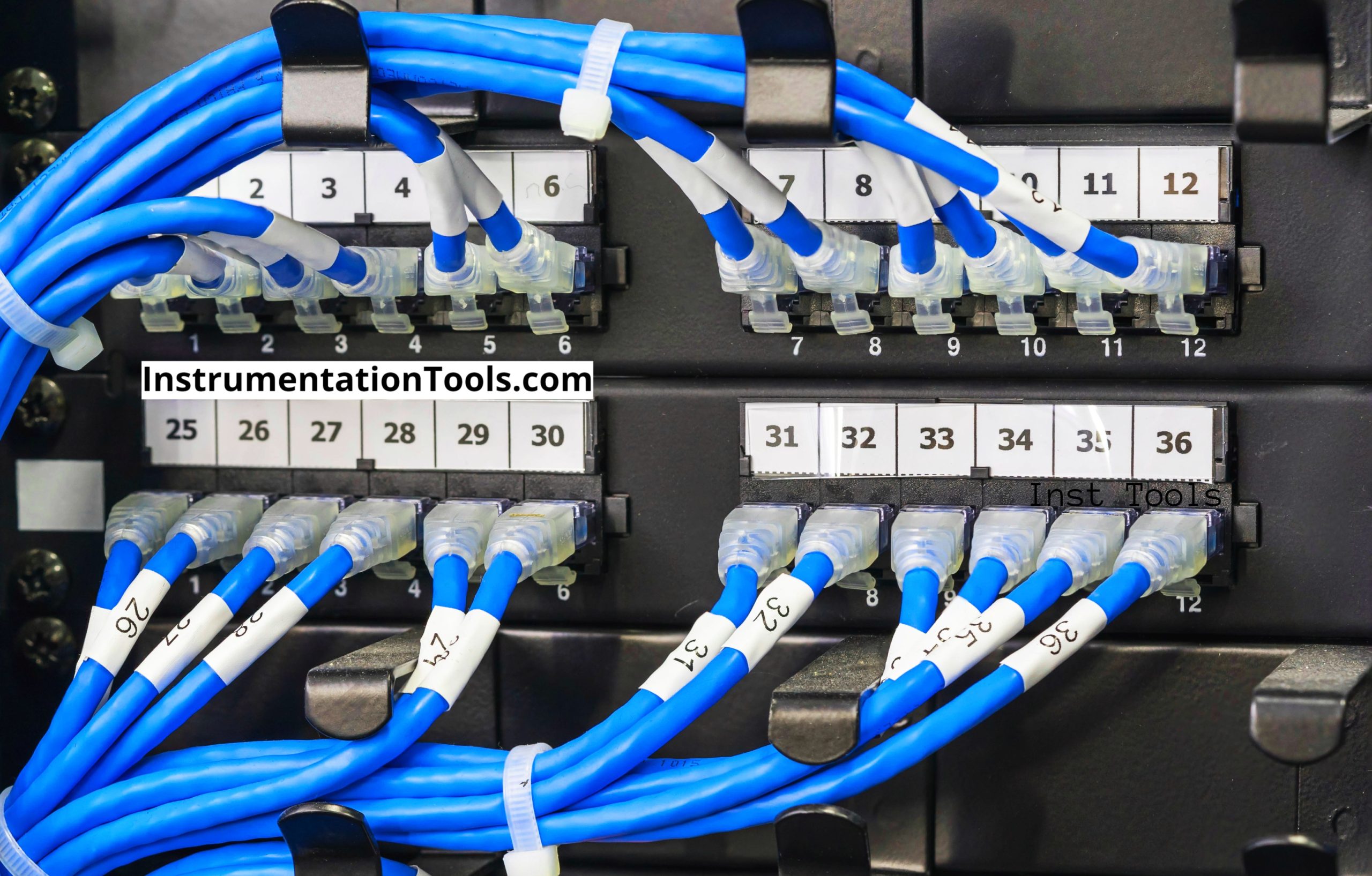
Suppose there are 4 devices on a network. Instead of using their local ports for interlinking all 4 devices, which would make the network topology literally complex to operate, a switch can be used.
In this, 4 ports will be consumed in the switch and each port will have one cable coming from the corresponding device. This will interlink all the devices with each other and make Ethernet communication easy.
Network Requirements for SCADA System
The following are the basic network requirements for the SCADA and DCS systems.
Use of optical fiber cables
If a network switch needs to be used in a very large industrial plant, where automation devices are scattered at long distances, use optical fiber connections with them. A normal CAT-6 cable has its limitations in distances. So, there is no use for a switch if the distance is large and you are using these cables.
The optical fiber eliminates this as it works on light technology and can travel long distances. An optical fiber-to-LAN converter is required in between, as optical fiber connectors are different and cannot plug directly into the network switch.
Decide between a managed or unmanaged switch
Managed switches require the configuration of each port with security add-ons. The unmanaged switch does not require all this, as it’s a direct plug-and-play. So, depending upon your security requirements or scale of application, you need to choose the one accordingly for your application.
Redundancy techniques
As SCADA and DCS operations are critical and the plant requires uninterrupted operation, even a minute breakdown in the network can result in huge losses.
Advanced communication topologies like rapid spanning tree protocol (RSTP) or Ethernet ring protection switching (ERPS) must be used instead of normal star, bus, or line topologies. These two provide the highest level of redundancy and with the use of network switches, this is obviously possible.
Install depending upon the manpower or service contract
Industrial networks are complex and critical in operation. So if you install high-standard network switch architecture, but do not have the corresponding maintenance network personnel to take care of them or if the vendors are not that technically proficient, then it is of no use in a breakdown situation.
So, install the ones according to your network personnel skills, vendor contracts for service and maintenance, maintenance cost, and replacement cost.
Take VLAN into consideration
If you are planning to design a VLAN (virtual LAN) architecture where multiple devices will be divided into separate groups and help keep isolated from each other, choose the number of switches accordingly.
Because VLAN helps to reduce the physical quantity of switches by managing network configuration of each device, there is no use for unwanted switches as it will increase costs and you will not be able to take advantage of VLAN structure.
Power supply redundancy for switches
If your application in an industry is critical and even a slight breakdown can cause huge losses, then there must obviously be a power supply redundancy for them in case of a power outage. This helps to restore communication immediately.
Cybersecurity features
If a managed network switch is to be used, then various cybersecurity features like access control restrictions, designing of VLAN networks, use of HTTPS (if a device has a webpage), timely security firmware updates, protection against DoS (denial of service) attack, intrusion detection and prevention system (IDPS), etc. must be used.
Cyber attacks can dampen the network architecture and can steal or block sensitive logic data.
Environmental conditions
Every network switch has some performance specifications related to temperature, humidity, dust, and dirt. Its compliance shows how reliable and effective it is against rugged environments and if the switch is installed in a critical area where human presence is not possible, then the switch selected must be more tough and robust related to the nearby environment.
Layer-2 vs. layer-3 switches
Depending upon the types of IP addresses you want to access, the architecture to be designed is important. So, if you want to access IP addresses out of range, then use L3 switches. If it’s a small area and IP addresses are within the range, then the L2 switch will work and it is also cost-effective.
In short, the post intends to say that just using a network switch is not enough. Many factors are related to it before selecting the right one, for efficient network management.
If you liked this article, then please subscribe to our YouTube Channel for Instrumentation, Electrical, PLC, and SCADA video tutorials.
You can also follow us on Facebook and Twitter to receive daily updates.
Read Next:
- Types of SCADA System Architecture
- Free Yaskawa VFD Simulator Software
- SCADA and PLC Configuration Systems
- Types of System Architecture Used in Automation
- Automation System Architecture Reference Model
